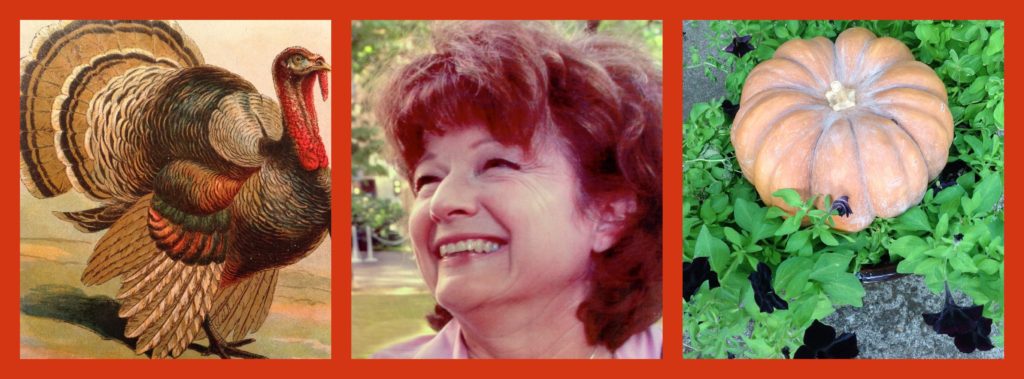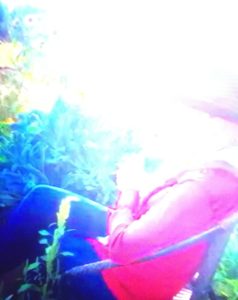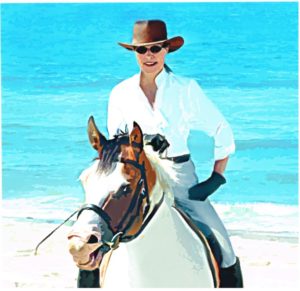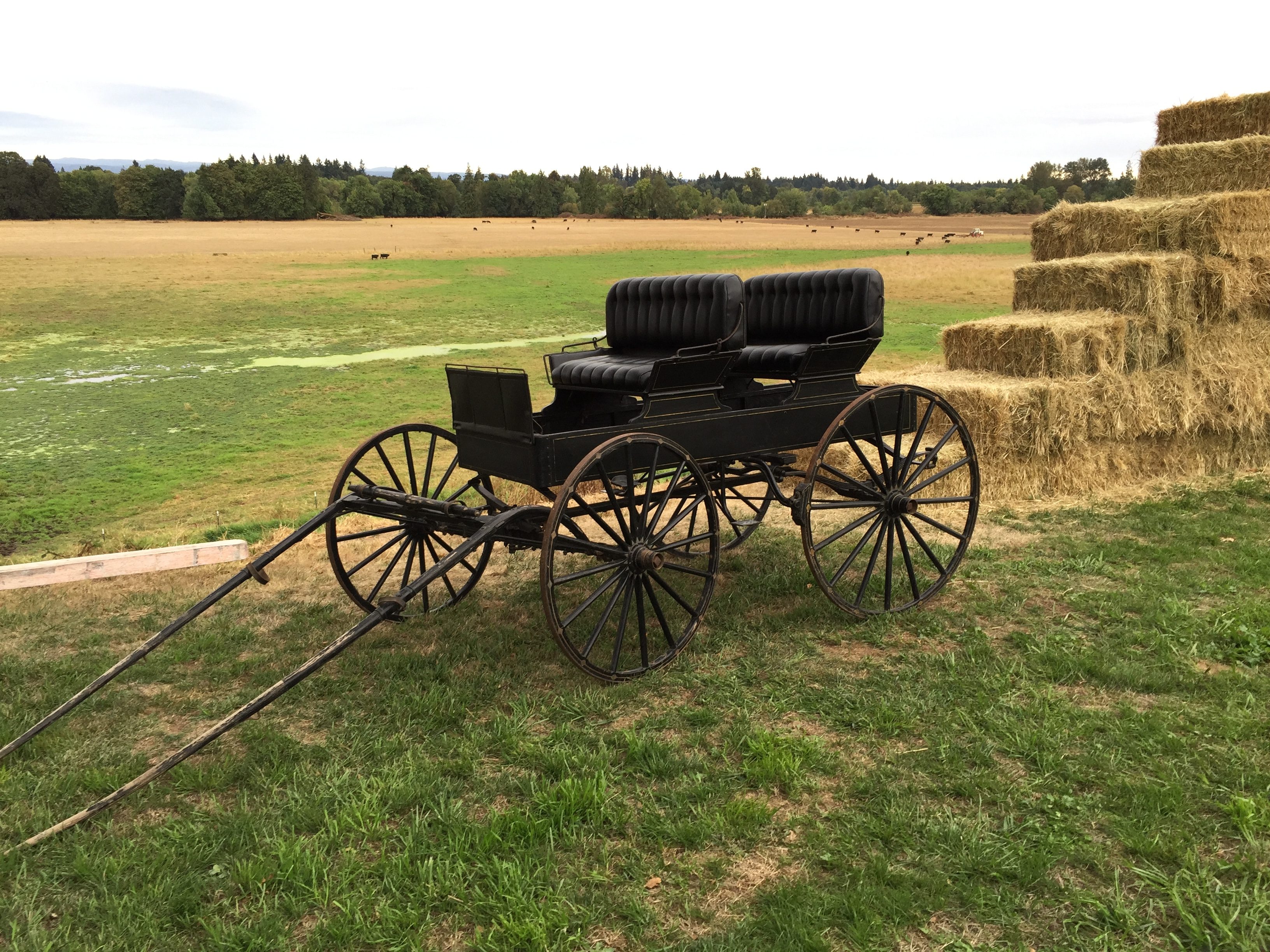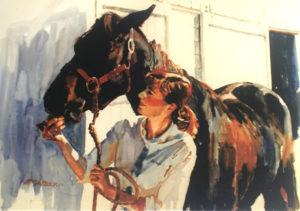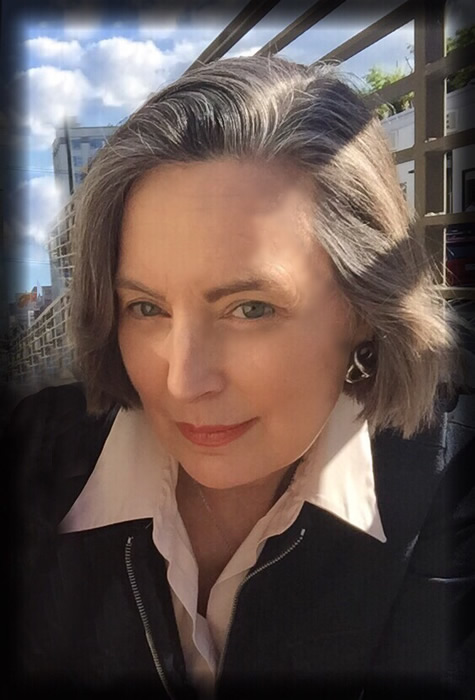Something profound happened recently on my quest to make the high-quality food necessary to maintain optimal health affordable for more people.
One misty December morning, I was writing away at my desk, tortoise Kat on lap and red china teacup in hand, wearing what I always wear when I write: my long black velveteen housecoat, leggings, and a puffy down jacket (I live in a cozy but sometimes drafty cottage). I hadn’t taken a shower yet and barely combed my hair. From my desk I can peer out a small window that frames the lane in front of the house.

That morning from my small window I see a sheriff’s car pull up in front of the gate. Two officers step out of the car, and I step out onto the porch. After brief and polite introductions, they inform me that they have a warrant for my arrest.
Oh.
I was allowed to make one phone call (to my neighbor, “I’ve been arrested, please feed Kat.”) I hurriedly put on my shoes, grab a coat and my purse, am escorted to the car, put into handcuffs and buckled into the back seat. The officers were firm but kind. I did not feel threatened or afraid; no adrenalin was shooting through my body that I was aware of. Along the way, they read me my Miranda rights.
After a twenty minute drive, we arrived at the county jail. And there I had a razor sharp view into a world I had not ever seen up close and personal, no, not in the bubble of my insulated life. A world I had been increasingly curious about because it seems to be expanding in the landscape now.
I spent nearly thirty hours there (time crept by slower than forever), going in and out of various cells, and talking with at least fifteen young women, maybe more. These were some of the most beautiful women I have ever seen, despite the fact that some had missing teeth, unkempt hair, scars on their thin arms. Wearing our prison blues, there we were stripped down to our raw, sincere and humble true selves.
Over and over, I heard different versions of the same story. Of inmates who had suffered severe abuse or trauma as a child or young adult. A friend offers drugs to ease the pain, addiction sets in. Somewhere along the line they are abandoned by friends and family who have done all they can to help and can do no more. Many have young children, placed with relatives or in foster care. Some are homeless. Several were there because they had missed a court date (which results in another charge). I heard of the logistical difficulties a homeless person has of getting to court. No money or a way to charge a phone to get a bus schedule.
The dialogue was sincere and honest. “Have you ever been in love?”, a young woman thoughtfully asks. In a split second I wonder, “If I thought I was, but then decided I wasn’t, does that count?” After a long pause, I reply by saying “Yes, once, but he died.”
“My child was my only hope. And they took her away.” ”My father murdered my mother when I was three.” “My mother drank when she was pregnant; I was born with fetal alcohol syndrome.” “I was caught stealing food after my food stamps ran out.”
An inmate going through withdrawal wails with piercing screams. “Get the doctor!” But “medical” is busy that day. I sit beside her, reassuring her that she is not alone, feeling helpless like she does. Many inmates tell me they wish they could do better; some are tired of the long wait to get into treatment facilities.
At night in a dorm with about 15 bunk beds, I attend a Narcotics Anonymous meeting with four other inmates, all of us sitting on a lower bunk. They want to know what I’m addicted to. After giving them the annotated version of my story, one of them says, “Oh, it sounds like you are addicted to helping people.”
I hadn’t thought of it that way.
No words describe the tenderness and care these women showed to me during my stay there. The experience was rich with intense connection and sharing. With no cell phones or other distractions such as superficial social media, there was a certain level of presence that I don’t often experience in my day-to-day life. Yes, I’ll take that.
Two days after I’m released, I’m driving down the freeway. Suddenly a primal scream accompanied by a flood of tears gushes up from the empty space deep inside of me. It’s explodes with that “hurts-so-good” kind of pain. Am I the Grinch whose heart grew three times that day? And then found the strength of ten Grinches more, plus two? Or am I the tin man, who knows he has a heart because it is breaking?
I’ll definitely take both.
Thank you, Santa.



